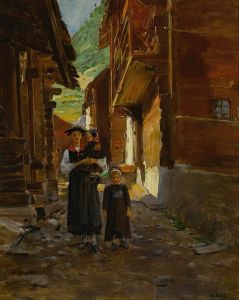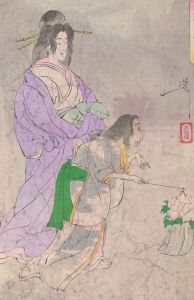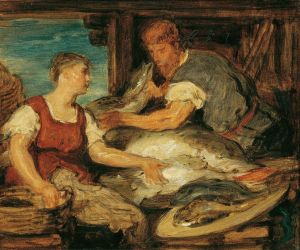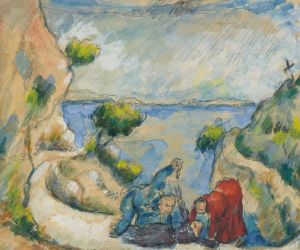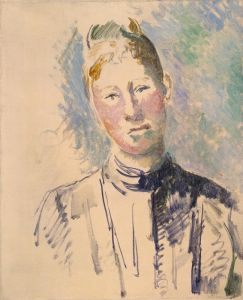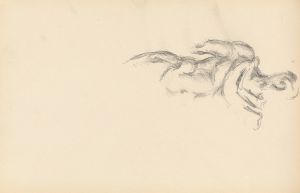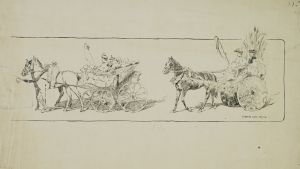
Seated Peasant
A hand-painted replica of Paul Cézanne’s masterpiece Seated Peasant, meticulously crafted by professional artists to capture the true essence of the original. Each piece is created with museum-quality canvas and rare mineral pigments, carefully painted by experienced artists with delicate brushstrokes and rich, layered colors to perfectly recreate the texture of the original artwork. Unlike machine-printed reproductions, this hand-painted version brings the painting to life, infused with the artist’s emotions and skill in every stroke. Whether for personal collection or home decoration, it instantly elevates the artistic atmosphere of any space.
"Seated Peasant" is a painting by the renowned French Post-Impressionist artist Paul Cézanne. Created around 1892-1896, this artwork is a testament to Cézanne's innovative approach to form and color, which significantly influenced the development of modern art in the 20th century. The painting is part of a series of works by Cézanne that depict peasants, a subject he returned to repeatedly throughout his career.
Cézanne's "Seated Peasant" portrays a solitary male figure, seated and resting, with a contemplative expression. The peasant is dressed in simple, rustic clothing, which reflects the artist's interest in capturing the essence of rural life and the dignity of the working class. The composition is characterized by Cézanne's distinctive brushwork and use of color, which create a sense of volume and structure. The painting's palette is dominated by earthy tones, with subtle variations that suggest the play of light and shadow on the figure.
One of the key aspects of Cézanne's technique in "Seated Peasant" is his use of geometric forms to construct the figure and the surrounding space. This approach is evident in the way the peasant's body is rendered with a series of planes and facets, which give the figure a solid, sculptural quality. Cézanne's method of building form through color rather than relying on traditional linear perspective was revolutionary and laid the groundwork for the Cubist movement, which emerged in the early 20th century.
The painting also reflects Cézanne's interest in the relationship between the figure and the environment. In "Seated Peasant," the background is treated with the same attention to form and color as the figure itself, creating a harmonious balance between the two. This integration of figure and ground is a hallmark of Cézanne's work and demonstrates his belief in the interconnectedness of all elements within a composition.
Cézanne's focus on peasants as subjects can be seen as part of a broader trend in 19th-century art, where artists sought to depict the realities of everyday life. However, unlike some of his contemporaries who portrayed peasants in a more romanticized or idealized manner, Cézanne approached his subjects with a sense of realism and respect. His peasants are not mere symbols of rural life but are presented as individuals with their own presence and dignity.
"Seated Peasant" is housed in the collection of the Musée d'Orsay in Paris, which is home to many of Cézanne's works. The painting is an important example of Cézanne's mature style and his ongoing exploration of form, color, and composition. It continues to be studied and admired for its innovative approach and its contribution to the evolution of modern art.
Paul Cézanne's influence extends beyond his lifetime, as his work inspired future generations of artists, including Pablo Picasso and Georges Braque, who further developed the ideas he introduced. "Seated Peasant" remains a significant piece within Cézanne's oeuvre, exemplifying his mastery of technique and his profound impact on the trajectory of art history.







